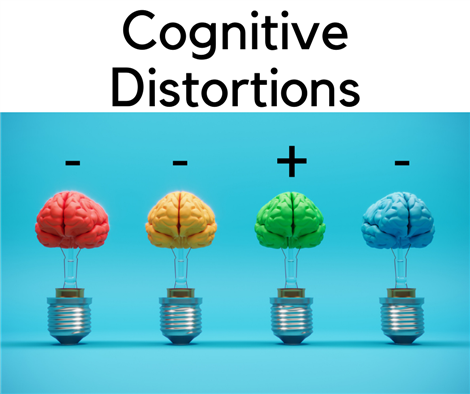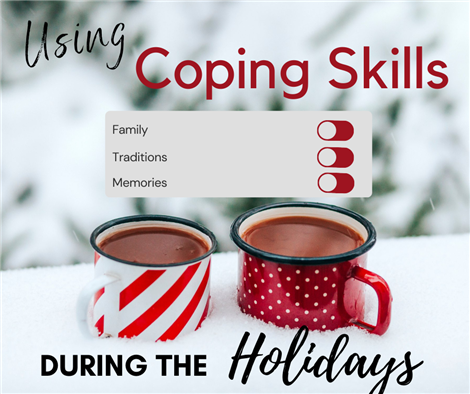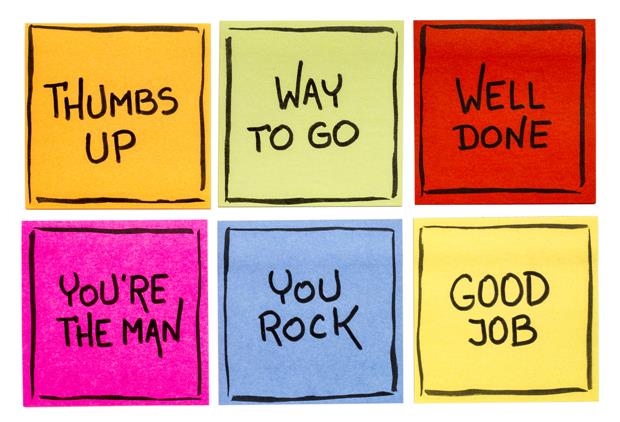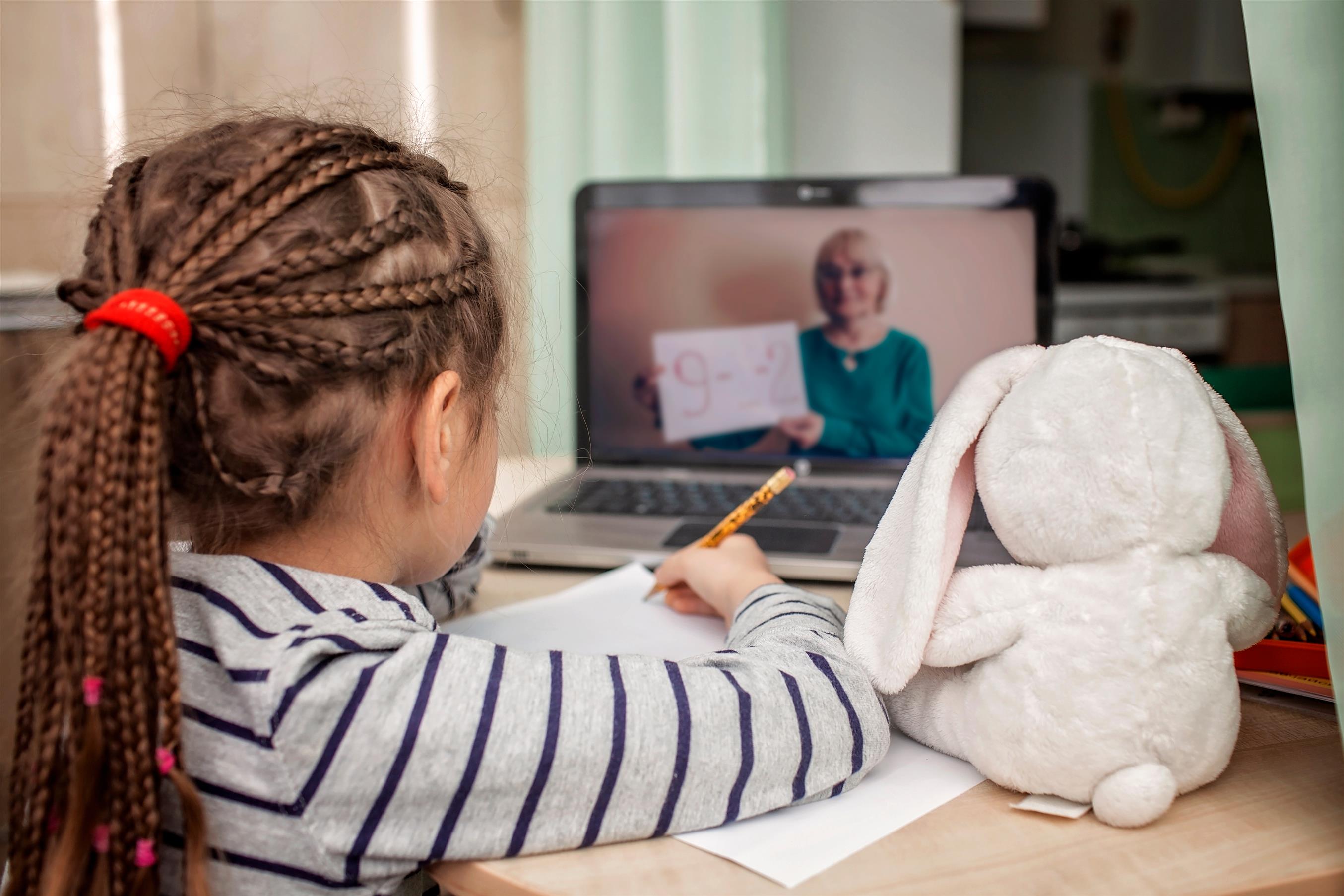Helping Kids Change Their Cognitive Distortions
3 Ways To Help Kids Change Their Cognitive Distortions
Have you ever heard the saying, “kids are harsh”? The saying is true and when it comes to being harsh– kids are most harsh on themselves.
Children are vulnerable. They are developing quickly and are emotional. Oftentimes they find themselves thinking negatively or being down on themselves. Or, maybe you hear a child jump to conclusions that may seem irrational.
Maybe the following sounds familiar, “This is the worst day of my life”, “No one likes me”, “I messed up a line in the play- I am never doing a performance again”, and the list could truly go on.
This is common in children and is known as cognitive distortions. Cognitive distortion is common in kids and adults; however, it is a very negative way of thinking and can put children at risk of mental illnesses in the future; these illnesses can range from depression and anxiety.
That is why it is so important to change kids' cognitive distortions. Here are three common cognitive distortions and how you can change them.
What are cognitive distortions?
Before jumping into how we can change children’s cognitive distortions, we need to know what cognitive distortion is. Cognitive distortions are patterns of thinking about things in an inaccurate way that makes the person feel depressed, anxious or have a lower self esteem. The child cannot see how situations may have some good and bad aspects– it is more of an “all or nothing” kind of thinking.
Common Types of Cognitive Distortions and How to Help Children
Here are three of the most common types of cognitive distortions. We will not only explain to you what these are, but also how you can go about helping your children change their mindset.
Emotional Reasoning-
Emotional reasoning is when a child takes their emotions and what they are feeling and overgeneralizes the feeling. For example, if a child saw the movie ‘It” and became afraid, they may say something like “all clowns are terrifying”. This is a very emotional way of thinking.
To help students think differently, we can address the fact that it is okay to feel upset, scared, happy, or whatever emotions they might be feeling, but explain to children that they cannot generalize their emotions. If a child was afraid from the movie “IT” and said “All clowns are terrifying” we could say something like. “That movie was very scary, but do you remember the clown at the birthday party? Was that clown scary?” and help them rationalize their way of thinking.
Minimizing the Positive-
This one is very common! This is when children minimize something good that happens to them. For example, if a student gets an “A” on a test, they may say something like, “Yeah…I just got lucky, I am not really good at math”. This downplays their successes and makes them believe that they did not deserve the accomplishment that came their way.
It is so important to help children change this way of thinking. We want them to believe that good things can happen to them and that they deserve it. Therefore, we to model how we want children to speak about themselves. If you notice a child did well on a test for example, say something like “You did great! You worked so hard for that grade–great job!”. It is also important that we speak highly of ourselves as well. Children are like sponges, they soak up everything we do– so model the way we want them to be thinking.
Personalizing a Situation-
Personalization is when the child takes a situation personally. Children who have this type of cognitive distortion may blame themselves for a situation that are not actually their fault and are always assuming that people are thinking about them, their actions, and their decisions. This is why personalization often leads to anxiety.
So, how do we help our children stop personalizing a situation? We can first take steps to help our children change their way of thinking. When children begin saying something like “my parents got in an argument and it is all my fault”, explain to children that an argument is not their fault. That adults can have arguments and it has nothing to do with their children. You can also help them shift their way of thinking and help them instead say something like “I wish my parents did not fight, I feel upset when they do”. It is okay to be upset– but we do not want them to personalize their feelings.
Additional Resources
Want a fun resource to use to not only bring up the conversation of changing our mindset but also to teach how to feed positive affirmations to our brains? Check out this Digital Positive Affirmations Puzzle and enjoy quality time with your child!







.png)